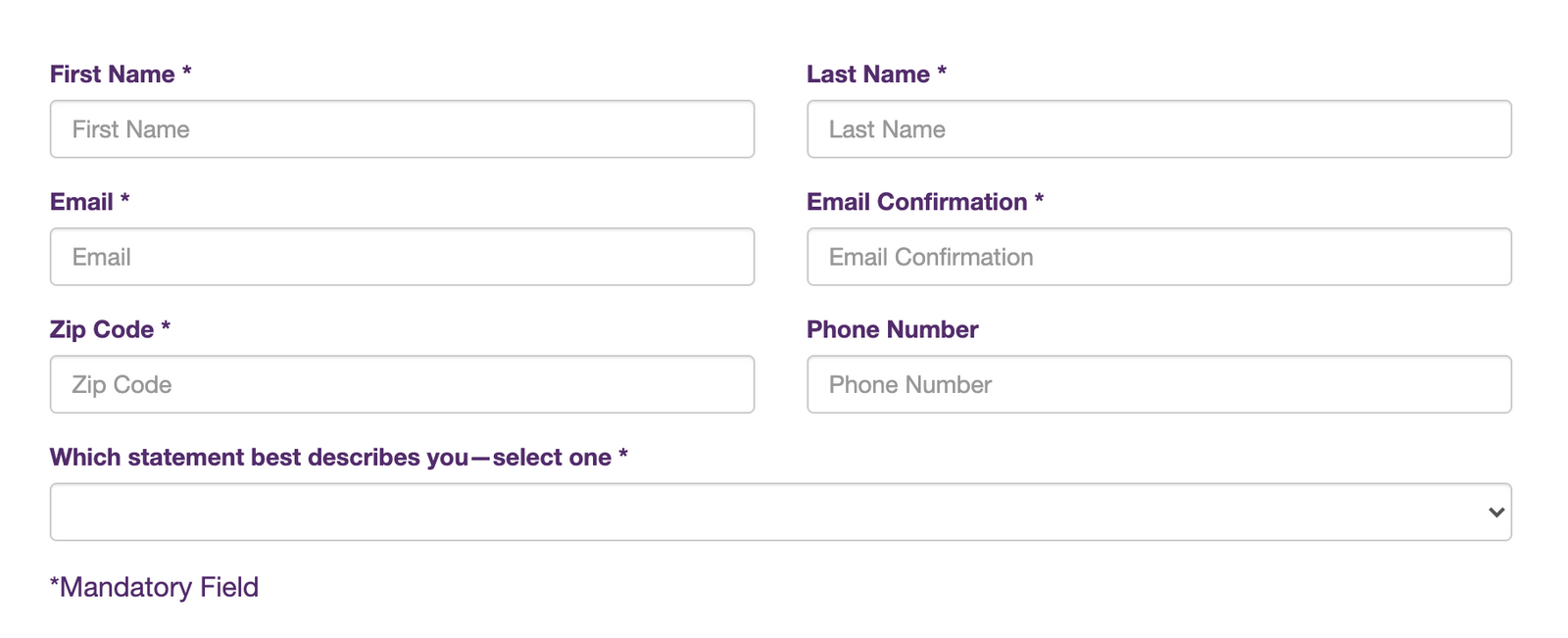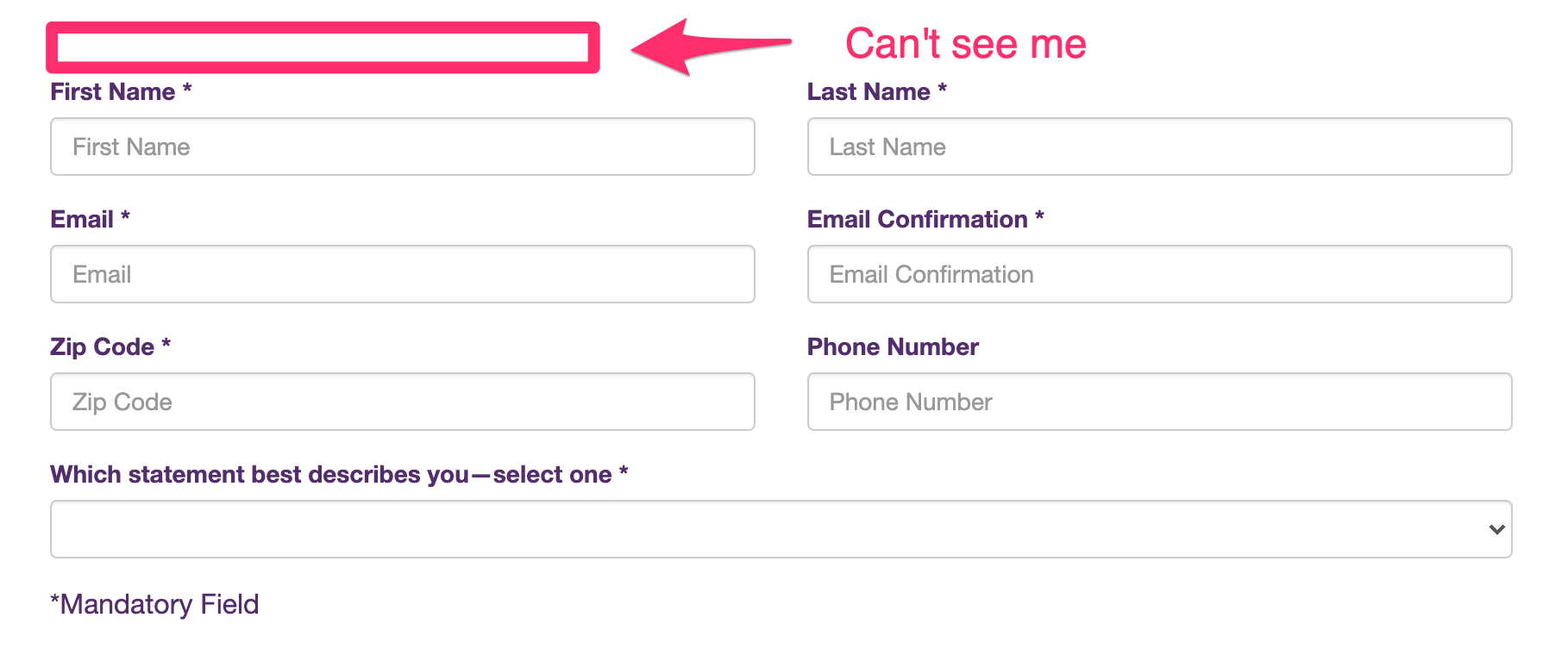Reducing time spent managing spam by 84%
How implementing the "Honeypot technique" helped drastically reduce spam coming from inbound leads

Business Partner
Vanda Pharmaceuticals Inc.
Product
Corporate website’s lead capture forms.

Role
Product design and management, front and backend development.
Opportunity
Vanda Pharmaceuticals has several corporate websites capturing leads for its pharmaceutical products. Potential patients can opt-in for more information using the website’s forms.
Over time Vanda’s opt-in forms became increasingly abused by spammers. Vanda received over 200+ spam opt-ins per day, the average peaking at 1500– one day ~4500 came in. Teams got overwhelmed sorting through each opt-in and trying to distinguish spam from real patients.
Aware of the increasing spam I investigated the problem further seeking a solution. Through interviewing the case managers, the team most affected by spam, I discovered the head of case management spent 30 minutes everyday sorting spam, as did the others.
The case managers spent a full business day per week just sorting spam. I saw an opportunity to give the company (and team members) back that time.
User and Product Research
Immediately came to mind a couple solutions to fix the influx of spam:
- Integrate a paid service.
- Introducing a captcha.

However, a paid service was not an option due to HIPAA compliance concerns. The user demographic heavily relied on 508 compliance and a generally accessible website so captchas were also not an option as they would introduce another hurdle for the patient, negatively impacting their user experience.
Market research however showed another solution; one that would not infringe HIPAA compliance or have a negative impact on the user experience. A technique called “Spam Honeypot”.
Product Solution
Spam Honeypotting would add an invisible form field only a spam robot could fill in allowing Vanda to identify spam opt-ins. Although prebuilt services existed, to ensure implementation flexibility and customization I decided an in-house built solution would best fit Vanda’s needs.
I built and implemented this into Vanda’s opt-in forms.

Immediately Vanda had a huge drop in spam. This in turn decreased time spent managing spam drastically.

Product Outcome
Teams could focus more time on serving our patients and less managing spam, and recouping Vanda one business day per week.
Over 99% reduction in spam from inbound leads.
84% decrease in time spent managing spam (still requires some manual effort but drastically less than it used to take).